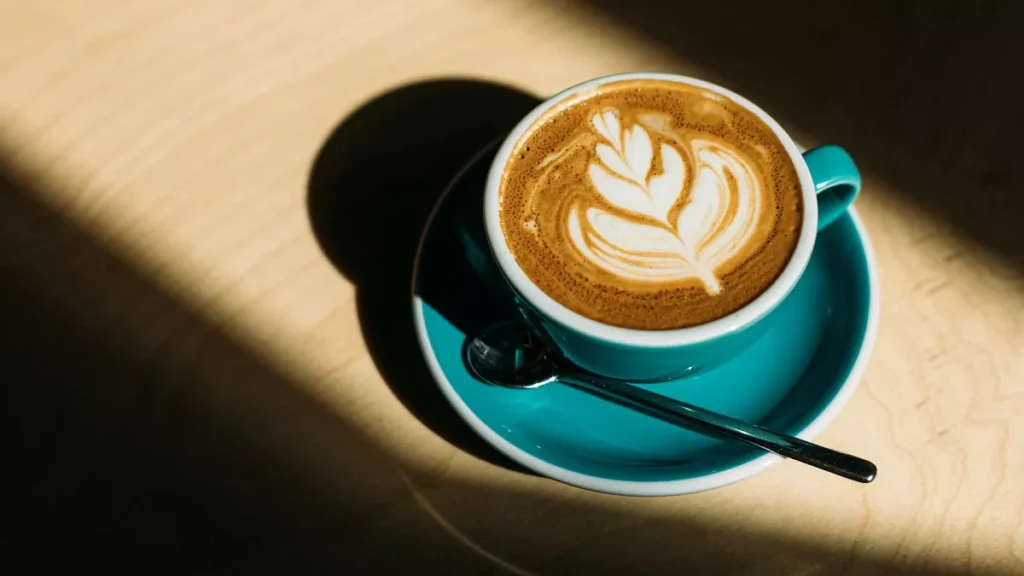Food & Climate
Coffee prices were reaching that have not been seen in almost 50 years before decrease on Friday, because the main producing countries, Brazil, Vietnam, and Indonesia, experienced very adverse climate changes and labor migration.
The prices of both the arabica bean—which represents two-thirds of world production—and robusta continue to rise steadily. In 2024, the price increased by 70%, according a report seen by “Food & Climate” platform.
According to Sucden Financial, the price surge has also prompted some of Brazil’s coffee exporters to unwind their hedges and buy coffee futures to cover short positions, pushing coffee prices even higher.
The impact of dry El Nino weather
The impact of dry El Nino weather earlier this year may lead to longer-term coffee crop damage in South and Central America. Rainfall in Brazil has consistently been below average since April, damaging coffee trees during the all-important flowering stage and reducing the prospects for Brazil’s 2025/26 arabica coffee crop. Brazil has been facing the driest weather since 1981, according to the natural disaster monitoring center Cemaden. Also, Colombia, the world’s second-largest arabica producer, is slowly recovering from the El Nino-spurred drought earlier this year.
Below-average rainfall in Brazil may curb the country’s coffee output and is bullish for prices. Somar Meteorologia reported Monday that rainfall in Brazil’s biggest arabica coffee growing area of Minas Gerais received 6 mm of rain last week, or 10% of the historical average.
Due to drought, Vietnam’s coffee production in the 2023/24 crop year dropped by -20% to 1.472 MMT, the smallest crop in four years. The USDA FAS on May 31 projected that Vietnam’s robusta coffee production in the new marketing year of 2024/25 will dip slightly to 27.9 million bags from 28 million bags in the 2023/24 season.
Coffee prices also have carryover support from last Thursday when the USDA’s Foreign Agricultural Service (FAS) projected Brazil’s 2024/25 coffee production at 66.4 MMT, below the USDA’s previous forecast of 69.9 MMT. The USDA’s FAS also projects Brazil’s coffee inventories at 1.2 million bags at the end of the 2024/25 season in June, down -26% y/y.
In a supportive factor for coffee prices, Conab, Brazil’s crop forecasting agency, cut its 2024 Brazil coffee production forecast on September 19 to 54.8 million bags from May’s forecast of 58.8 million bags, according to “Nasdaq”.
Tightness in coffee inventories is supporting coffee prices. ICE-monitored arabica coffee inventories recovered from the 24-year low of 224,066 bags posted in November 2023 to post a 2-1/3 year high of 903,548 bags Wednesday. Meanwhile, ICE-monitored robusta coffee inventories fell to a 7-month low of 3,847 lots today after climbing to a 1-3/4 year high of 6,521 in July. ICE-monitored robusta coffee inventories are moderately above the record low of 1,958 lots posted in February 2024.
Brazilian coffee export news has been bearish. Cecafe reported last Monday that Brazil’s Oct green coffee exports rose +11% y/y to 4.57 million bags. Also, Cecafe reported on July 11 that Brazil’s 2023/24 coffee exports rose +33% y/y to a record 47.3 million bags.

According to Tomás Edelmann, a coffee grower from Chiapas in Mexico and vice president of the International Cooperative of Coffee Producers, In the case of Brazil, there was a very prolonged drought in a vast area, and as they were going intensively, they even had the death of plantations or fires of entire plantations, so their production for the next harvest was reduced by more than 20 or 30%. We also had a vital drought because we grew our coffee under shade, which helped us not suffer so much from the drought.”
On the other hand, he emphasizes, “Central America’s problem is the great lack of labor. Practically all of them migrated to the north, to the United States. As a result, many farms have seen their productivity reduced”.
Coffee prices effects
According to Edelmann, coffee prices like the current ones could revitalize the sector and the labor force and also limit supply: “I believe that, if this price continues and is above three dollars, it is very likely that many of the people who are outside will return.
What is going on? I see here with my neighboring small producers that they are doing everything they can not to release the coffee; they are keeping it at home and waiting for the price to go up. In other words, this has already made the news, and it has already reached all sides. And the big buyers like Nestlé, like Neumann Kaffee Gruppe, like Trading, another of the big ones here in the area, well, you see their warehouses, and you don’t see much movement,” he emphasizes.
Nestlé, for example, announced this month that in the face of reduced profits, it will inflate its sales prices and reduce the volume of its doses.
So, coffee prices settled lower on Friday after hitting the highest in nearly half a century during the session.

Dealers also said some Brazilian farmers have delayed deliveries of this year’s crop in the hope of securing even higher prices, leading to short-term supply tightness and large financial losses for traders who had been expecting to receive the coffee, according to “Reuters“.

